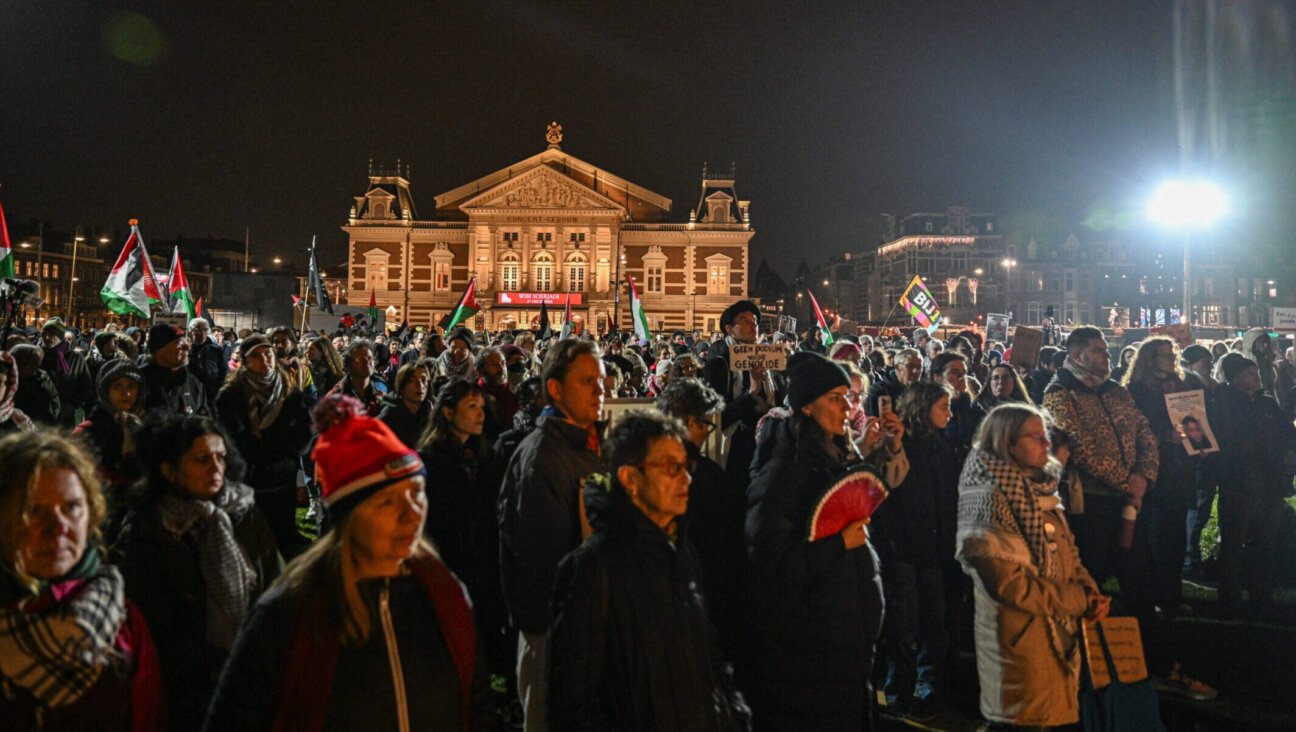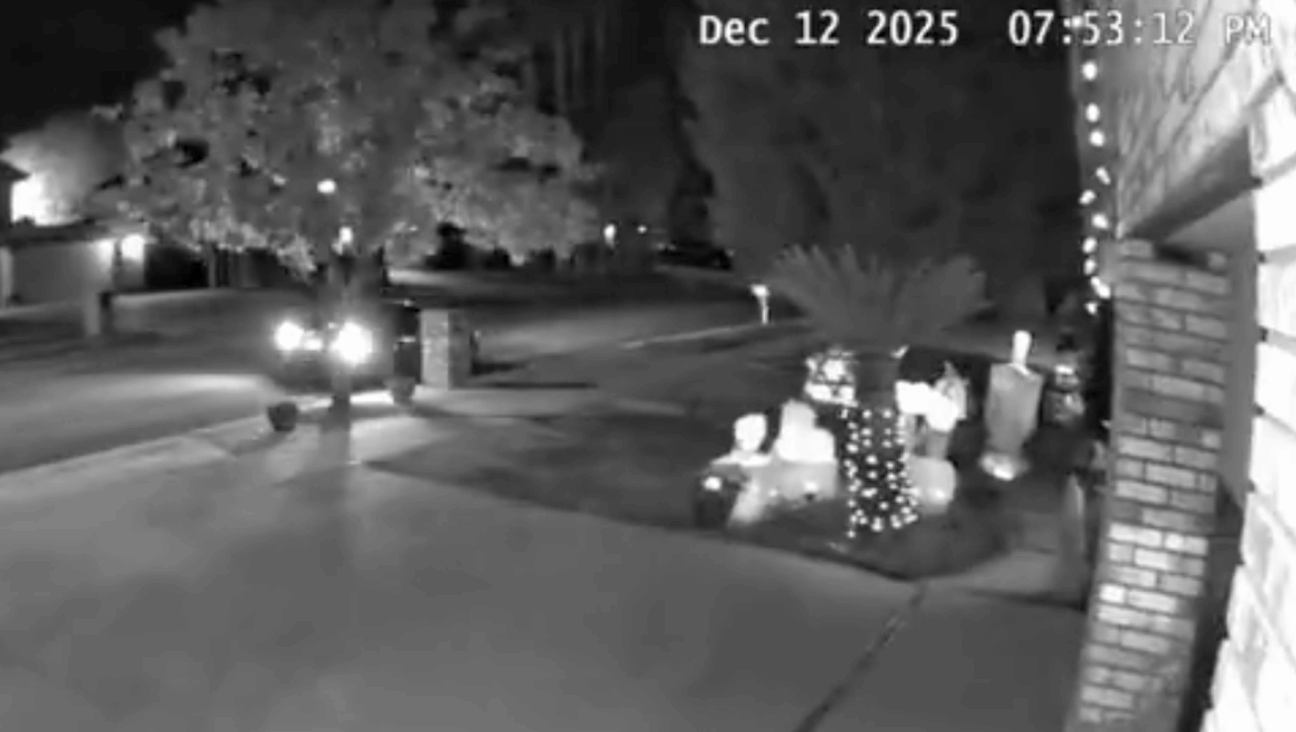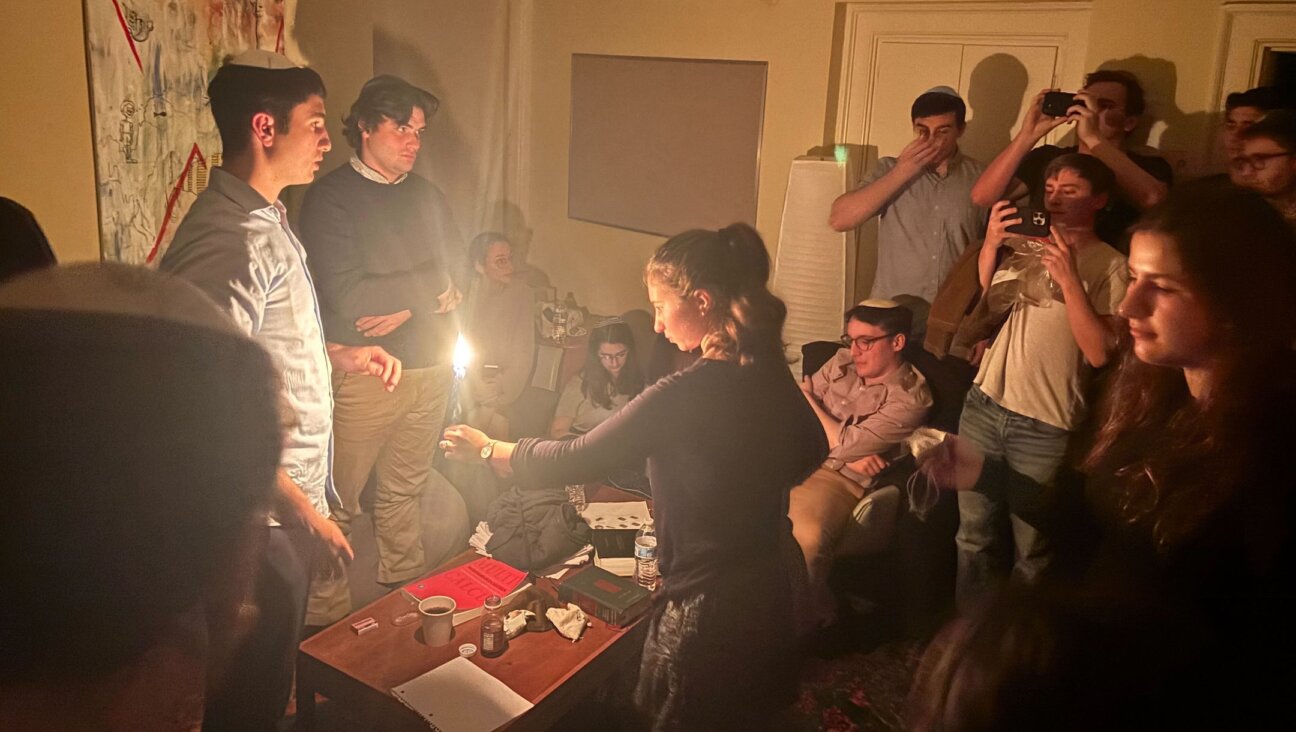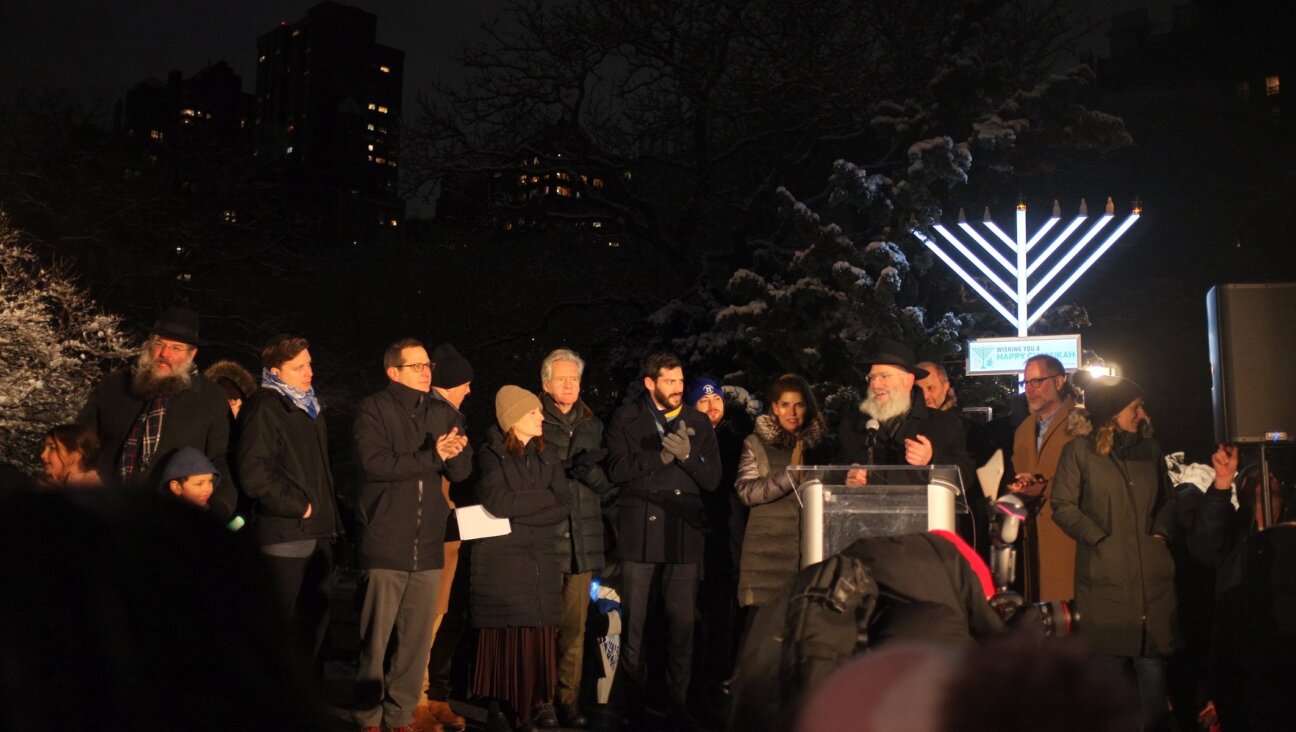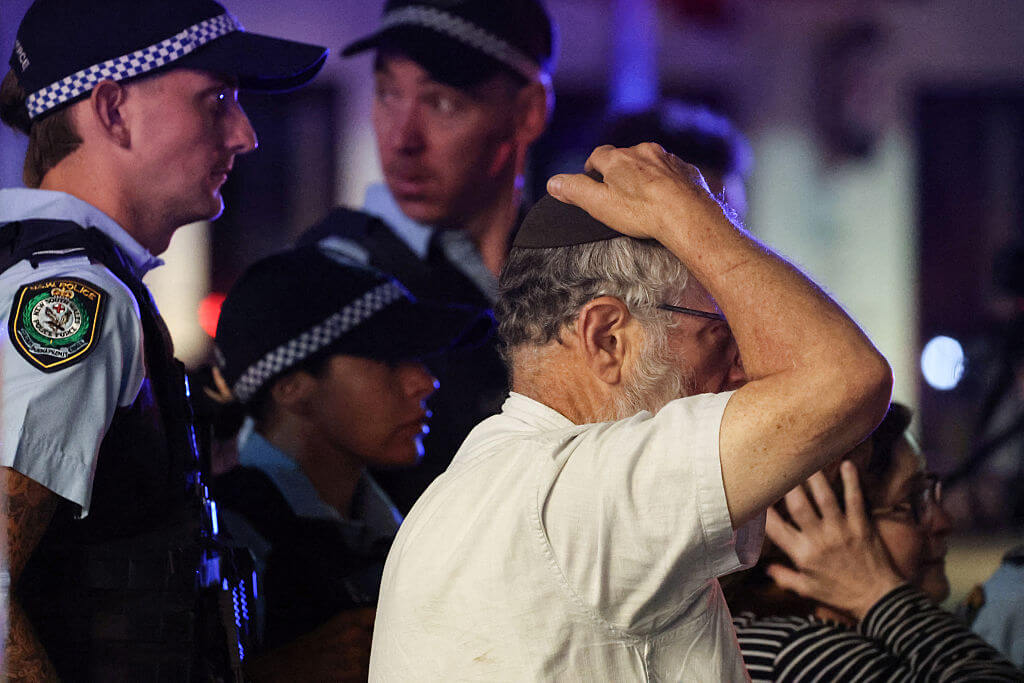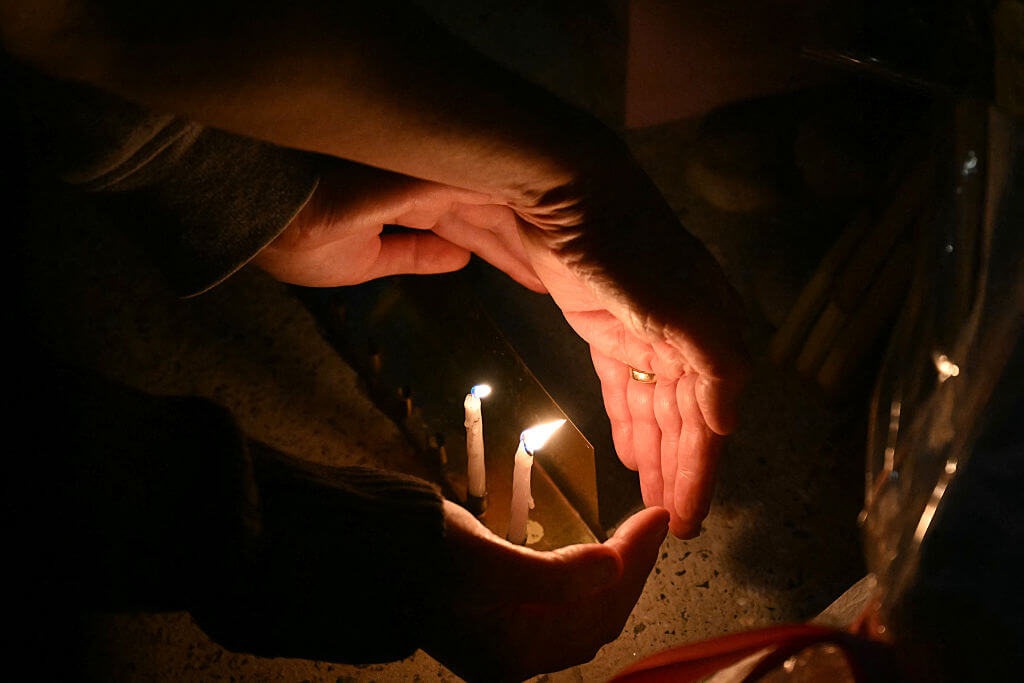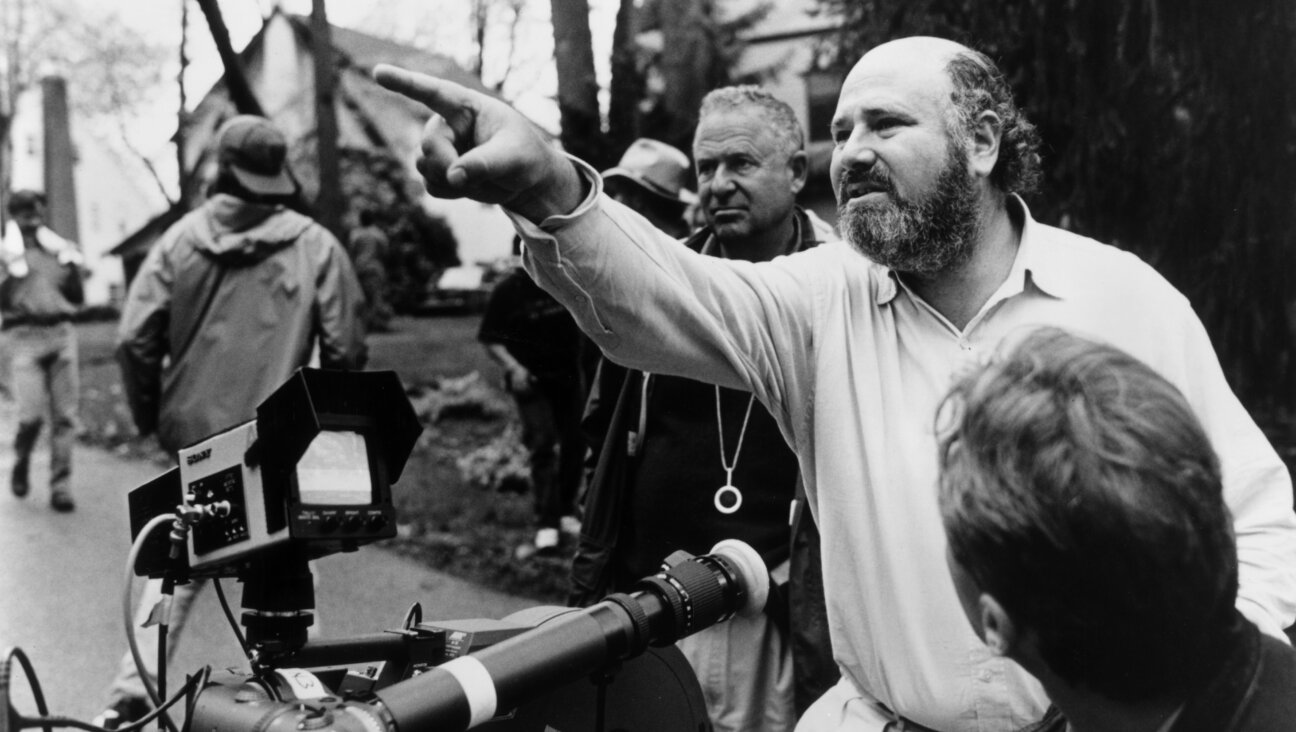How phase one of the Gaza peace plan is beginning to fray
The return of living hostages to Israel was met with joy, but the failure to deliver more deceased hostages is cascading to create delays in aid to Gaza
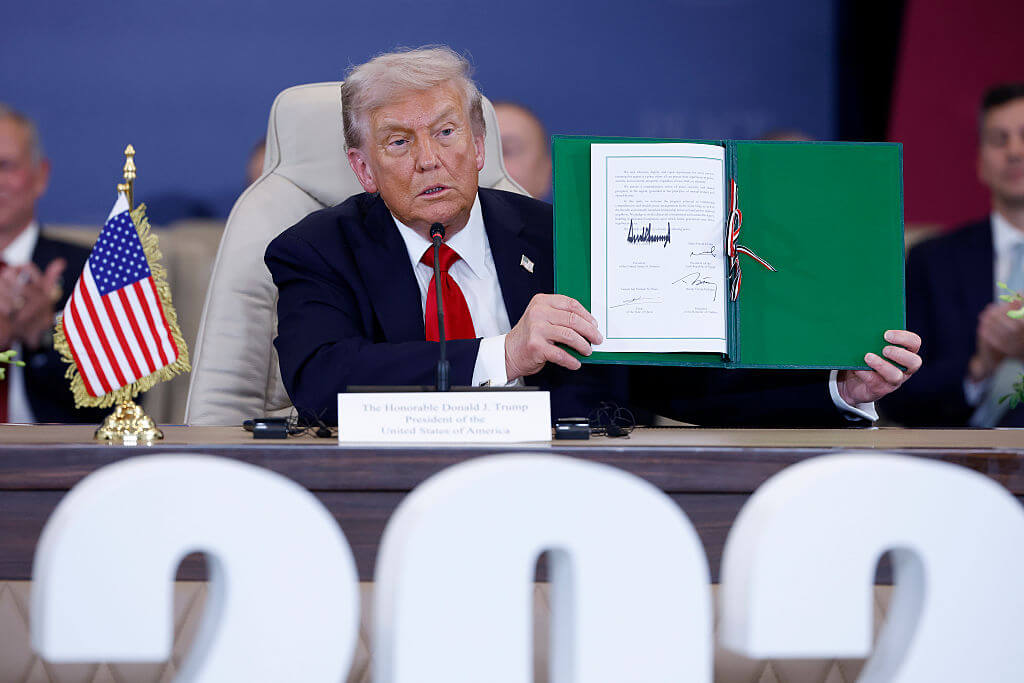
President Donald Trump holds up a signed agreement at a “peace summit” in Egypt. Photo by Chip Somodevilla/Getty Images
President Donald Trump’s 20-point peace plan — which was reinforced in principle during a “peace summit” on Monday with the presidents of Egypt and Turkey and the Emir of Qatar — is long on intention and short on details. Aaron David Miller, who advised six secretaries of state on Arab-Israeli negotiations under both Republican and Democratic presidents, said the road map may offer limited help in navigating peace in a place fraught with challenges.
Phase one
Israeli Prime Minister Benjamin Netanyahu accepted the terms of the deal during a White House meeting in September, while Hamas has agreed to only the plan’s first phase, which mandates an immediate ceasefire, an Israeli troop withdrawal to an agreed-upon line, a return of the hostages held by Hamas, and the release of Palestinian prisoners.
The ceasefire’s fragility is already apparent. Today, Israeli forces killed several Palestinians in Gaza City who they said were “crossing a yellow line” that is under IDF control as part of the ceasefire agreement.
Only four of about two dozen deceased hostages were turned over to Israeli authorities on Monday, with four more turned over on Tuesday. Egyptian teams are working to locate the remains, as the Red Cross warned that some may never be found.
Israeli officials reduced the number of aid trucks allowed into Gaza to 300 trucks daily, from the 600 originally intended, because of the delays in returning the dead hostages.
What’s missing
Miller, a senior fellow at the Carnegie Endowment for International Peace, said that what the plan leaves out may be just as significant as what it includes.
“This is not the Oslo agreement. It doesn’t call for Israeli withdrawal from the West Bank. It’s not a peace agreement between Israel and key Arab states,” Miller said. “It is a road map that could potentially end the war in Gaza. That’s what it is. It’s nothing more than that.”
One of the reasons Netanyahu was able to accept the plan, Miller said, is because there are enough provisions to satisfy the majority of the Israeli public, such as Hamas disarmament.
“It’s inherently a pro-Israeli plan, both in terms of structure and substance,” Miller said. “You could have created this plan in an Israeli laboratory.”
What the plan says will happen to Hamas, Gaza and Palestinians
According to the plan, “Gaza will be redeveloped for the benefit of the people of Gaza, who have suffered more than enough.”
Specifics include that Gaza “will be governed under the temporary transitional governance of a technocratic, apolitical Palestinian committee.” The committee will “be made up of qualified Palestinians and international experts,” with oversight from a “Board of Peace” headed by Trump, until it is determined that the Palestinian Authority has sufficiently reformed and can effectively govern.
Hamas will “agree to not have any role in the governance of Gaza, directly, indirectly, or in any form,” the plan says. “All military, terror, and offensive infrastructure, including tunnels and weapon production facilities, will be destroyed and not rebuilt.”
But Hamas has said it will not lay down its arms. According to Miller, Hamas’ main objective — political survival and the need to retain influence in Gaza’s government — has not changed.
“What are the terms and circumstances [of disarmament]? What do you do about the tunnel infrastructure? Does Hamas get to keep its personal weapons, for example?” Miller said. “Every point in this plan is filled with a universe of complexity and detail that’s yet to be negotiated.”
The plan also says that “No one will be forced to leave Gaza, and those who wish to leave will be free to do so and free to return. We will encourage people to stay and offer them the opportunity to build a better Gaza.”
The provision marks a departure from Trump’s previous plan to turn Gaza into a “Riviera of the Middle East,” which called on Arab states to absorb Gaza’s displaced population. Trump had said those relocations would be permanent, with no right of return.
Still, some aspects of the plan nod to his idea for real estate development, including the establishment of a special economic zone with preferred tariff rates and “a Trump economic development plan.”
The agreement also establishes “an interfaith dialogue process” with the goal to “change mindsets and narratives of Palestinians and Israelis by emphasizing the benefits that can be derived from peace.”
The plan concludes that when these processes are complete, “the conditions may finally be in place for a credible pathway to Palestinian self-determination and statehood, which we recognize as the aspiration of the Palestinian people.”
But Miller remained dubious that the language is meaningful.
“I suppose you might argue that the nod to Palestinian statehood could be a problem [for Israel], but it’s so general and so distant as to be more or less not terribly relevant,” he said.

